The gear component of this trip has been easier to plan than the food and resupplies. Or maybe it hasn’t? They all take some brain scratching.
One important point is that we have built up this gear over many years. To go and buy all of this off the shelf would double the cost of our trip. We are quite brand loyal to some manufacturers because their gear is like an investment, it lasts for years and years.
Some of our gear is well-loved, some is new from the Great Divide Trail (GDT), and some was provided for our adventure by Hyperlite Mountain Gear.
To make our gear list for this trip we used our GDT list as a basis, editing it to consider the different duration, altitude, and terrain of the Great Himalaya Trail.
Below is a basic overview of what we’re packing. Some folks use LighterPack to record their gear, for example listing gear for a Kungsleden hike or outlining a GDT gear list. But we stuck with a pretty boring spreadsheet that we’ve simply listed items from below.
This is not intended to be a checklist but more for people’s general curiosity. You know best what you need…
Backpack and sleep system (2.0 to 3.0 kg)
Actual sleep system used / carried depends on section and expected weather
- Hyperlite SouthWest 70L (both)
- Feathered Friends Eider (cold bag Kristy)
- Western Mountaineering Lynx GWS (cold bag Mike)
- Feathered Friends Flickr Sleeping Bag Quilt (Kristy)
- Rab Mythic Sleeping Bag (Mike)
- Therm-a-Rest NeoAir XLite NXT Sleeping Pads (both)
- Sea to Summit Aero Pillow (Kristy)
- Hyperlite Ultamid 4 Inner
- Hyperlite Ultamid 4 Tent
- Sleeping bag liners (good for teahouses and double as towels)
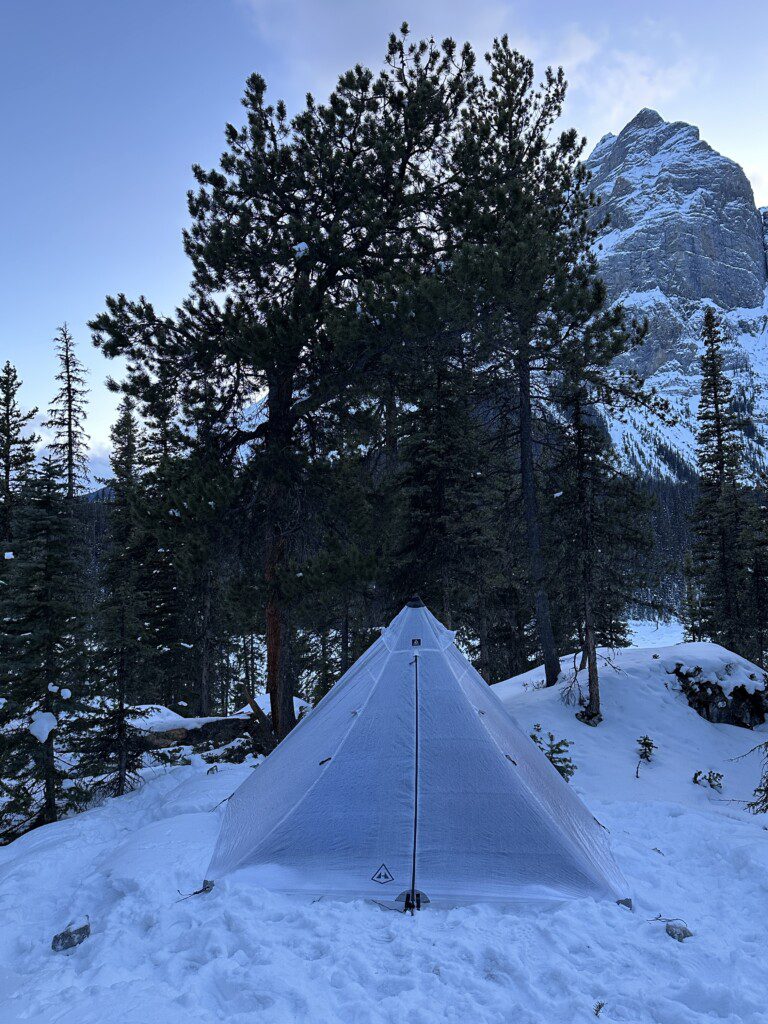
Cooking (1.0 to 1.2 kg)
- MSR WhisperLite International (heavier than the Pocket Rocket but can be serviced and runs on kerosene)
- Stove fuel
- Stove repair kit (kerosene requires more cleaning)
- Lighter
- Litesmith jars (2 x medium, 2 x large) (each)
- Sea to Summit fork (each)
- Nalgene wide mouth 1L (each)
- SmartWater bottle 1L (each)
- 1L floppy bladder for dirty water collection
- Swiss Army Knife mini (both)
- MSR Stove pot and lid
- Chux (make great sponges, tea towels, condensation in tent wipers)
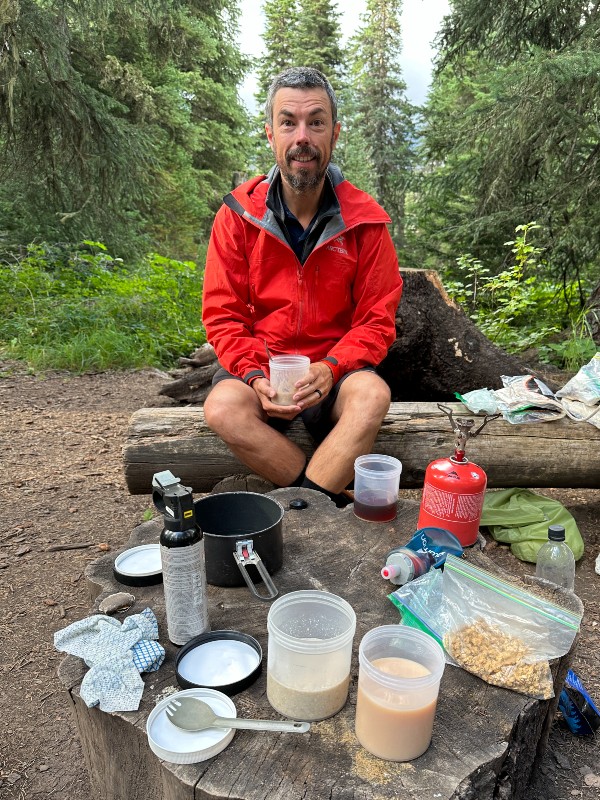
Toiletries and medical (0.2 to 0.6 kg)
- Chlorine drops, AquaTabs as back up
- Steripen (alternative water treatment)
- Hand sanitizer
- Soap (hand sanitizer does not kill everything)
- Sunscreen (hard core zinc stuff and 30 SPF Banana Boat)
- Floss, toothbrush, toothpaste
- Ricola lozenges (altitude cough soothers)
- Insect repellent
- Blistex lip balm SPF 30
- Comb, hair ties, bar shampoo, leave in conditioner (hair wash once every two weeks)
- Tweezers
- Notebook / pencil
- KT blister tape strips
- Leukoplast
- Gorilla tape / duct tape (wrapped on poles)
- Toilet paper, Kula cloth, tampons, CuloClean bidet
- Polysporin (magic stuff, also removes duct tape from skin!)
- Loperamide (Imodium)
- Acetazolamide (Diamox)
- Pain killers (paracetemol, ibroprofen, and a higher strength for emergencies e.g. epic toothache)
- Elastic bandage, gauze, wound closure strips, bandaids
Clothing (2.0 to 2.5 kg)
Mike clothing (actual clothing worn / carried depends on section and expected weather)
- Rab Neutrino down jacket
- Arc’teryx Beta jacket
- Arc’teryx Thorium jacket
- Berghaus Paclite Pants
- Arc’teryx softshell pants
- SmartWool 250 Thermal Leggings and Top
- Outdoor Research collared sun shirt
- North Face Shorts
- SmartWool thin hike socks x 3, thick bed socks x 1
- Hestra mitts, Outdoor Research medium gloves, Fjallraven beanie
- Boxer shorts and SAXX underwear
- Patagonia Synchilla lightweight fleece
- Hoka Bucket Hat, Buff, sunglasses and case
- Knee braces
- Rab Muztag GTX gaiters
- Hoka Mafate x 2
Kristy clothing (actual clothing worn / carried depends on section and expected weather)
- Norrona Trollveggen down jacket
- Norrona Lofoten jacket
- Arcteryx Cerium down jacket
- Outdoor Research Aspire rain pants
- SmartWool 250 Thermal Leggings and Top
- Fjallraven lightweight fleece
- Injinji merino socks x 2, SmartWool hike socks thin x 1, Darn Tough spare/socks for sleep x 1
- Dakine mitts, Rab medium gloves, Outdoor Research Sun gloves, Helly Hansen beanie
- Ciele Bucket Hat, Buff, sunglasses
- La Sportiva Bra, Underwear (quick drying, cheap Hudson’s Bay “nanna undies” that don’t give you a wedgie on any ascent) TMI!
- Outdoor Research Echo hoodie (sun hoodie)
- Bike pants
- Outdoor Research Ferrosi pants
- Mum’s homemade trail gaiters (inspired by hay carting), Rab Muztag GTX gaiters for deeper snow
- La Sportiva Jackal II trail runners x 2, insole replacement foams
Electronics (1.0 to 1.5 kg)
It’s always tempting to forego all the gadgets when you look at the weight and how many different cables you need to lug around.
- DeLorme InReach (Mike)
- Inreach Mini 2 (Kristy)
- Black Diamond Sprint 225 headlamp (Mike)
- Black Diamond Spot-400 R headlamp (Kristy)
- Sea to Summit waterproof bag (each)
- iPhone in case (each)
- Coros APEX Pro (Mike)
- Coros APEX (Kristy)
- Travel power adapter (each)
- Lexar Portable SSD 2TB (Kristy)
- iPod headphones (Mike)
- Charger blocks (Nitecore 10000 x 3, TP Link x 1)
- Cables (USB-C, Coros Watch, Apple Lightning, Micro USB)

Other (1.0 to 1.3 kg)
- Black Diamond Alpine Carbon poles – with many replaced parts and tape they’re still going strong (Kristy)
- Black Diamond Pursuit Carbon Z poles (Mike)
- Trowel
- Teva Universal Slim Sandal (Kristy)
- Teva Universal Sandal (Mike)
- Mosquito head net (each)
- Black Diamond Distance Microspikes (each)
- G3 Tension Strap (used to put the tent up with hiking poles plus super handy first aid item)
- Cash (NPR) for teahouses and food along the way
Technical (4.7 kg)
- La Sportiva summer mountaineering boots (each)
- Ice axes (each)
- Grivel Crampons (Kristy)
- Black Diamond Crampons (Mike)
- Black Diamond Helmets (each)
- Black Diamond Couloir Harness (each)
- Hardware e.g. draws, slings, ice screw (each)
- Prussiks (range of sizes)
For rope, Angs Himalayan Adventures will supply a 200m line and a 60m rope for various rappels, or if conditions dictate a rope is required for ascent across the technical passes.
Base weight
Base weight is the weight you carry for gear not including food and water. Some folks also remove items of clothing you wear at the time (including shoes and hiking poles).
Our base weight, including clothing we wear and shoes, will be anything between 8.0kg to 10.5kg. The technical and cold weather gear really ups the base weight. However, we don’t think the Himalaya is a place to skimp on items, nor do we want to be too cold and burn unnecessary energy trying to stay warm.
The aim is to have much lighter bags in the second half of the trip, from the Annapurna Circuit onwards, after completing the technical passes.
If we find things are always at the bottom of our backpacks, or not getting used regularly, they will be sent back to Kathmandu when we get our resupplies.
Blog featured image photo by dnes: https://www.pexels.com/photo/scenic-view-of-mountains-320555/


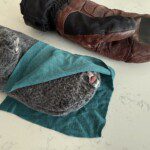
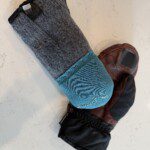
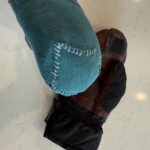
2 Comments
By Bob Gregorish
It’s always a balancing act. I have a tendency to pack stuff “just in case”, but when you’re trying to minimize weight you have to make the hard choices. You guys have lots of experience, though, so have a good idea of what’s truly useful.
By Alpine Fuzzies
There’s definitely a comfort/discomfort balance point to find. I couldn’t do the discomfort of mega-ultralight at 4kg base weight, but 7kg in a warm location would be cool…